Each market day, the DTN grain bid team talks to elevators, ethanol plants, and scours the internet for real-world cash grain prices.
Why Watching Daily Grain Bids is Important
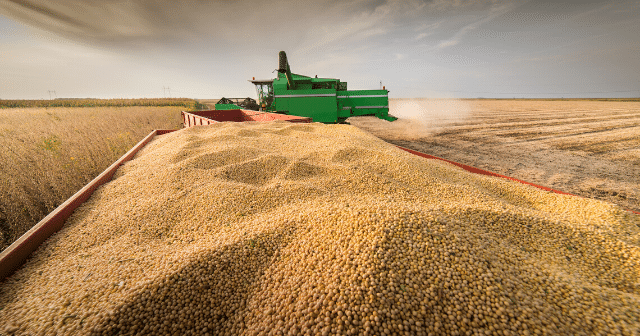

Each market day, the DTN grain bid team talks to elevators, ethanol plants, and scours the internet for real-world cash grain prices.
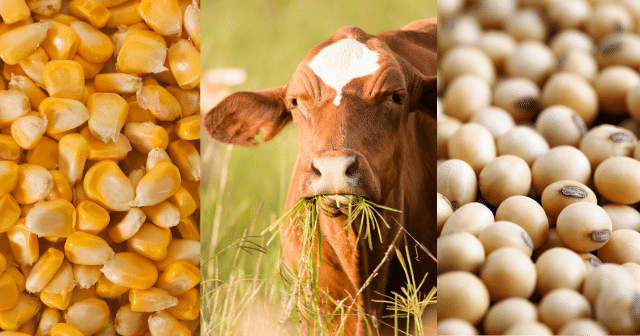
In a world of futures and options, sometimes it can be confusing as to what they are, how to use them and where they differentiate from cash markets.
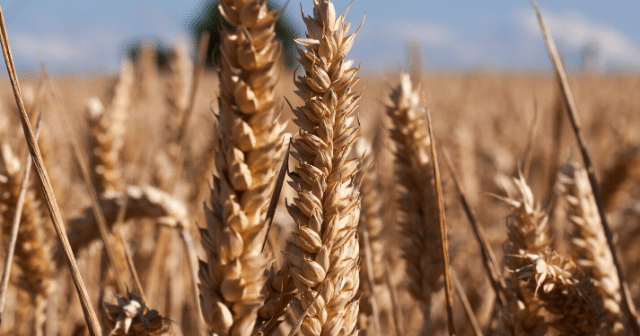
A coherent market can be a powerful driver of prices and of trends for commodity and grain traders.
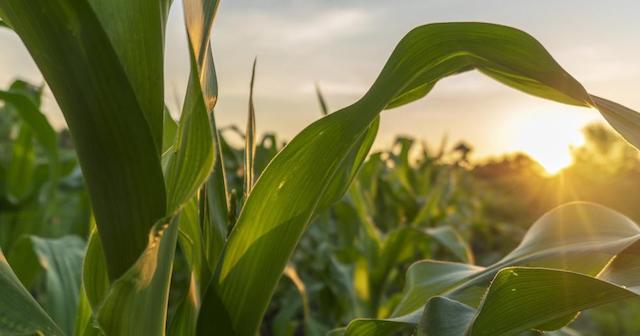
While undoubtedly bringing a wealth of benefits to the agricultural space, rapid advances in ag technology have produced exponentially more data, overwhelming decision makers in the process. Whether on a product and its performance, how a field has been managed or how a crop is growing in a given season, there is an abundance of

While no one can deny the inherent value in making your municipality, city or state’s roadways safer and more efficient, with today’s tight road maintenance budgets it can be difficult to justify additional expenditures on initiatives that don’t seem to provide immediate or obvious benefits.

As we near the midpoint of the winter season, we thought it would be interesting to take a look at how the winter has been going thus far. We will revisit our predictions for the winter and see how they are shaping up, in addition to giving our thoughts on how we expect the rest of the winter season to unfold.
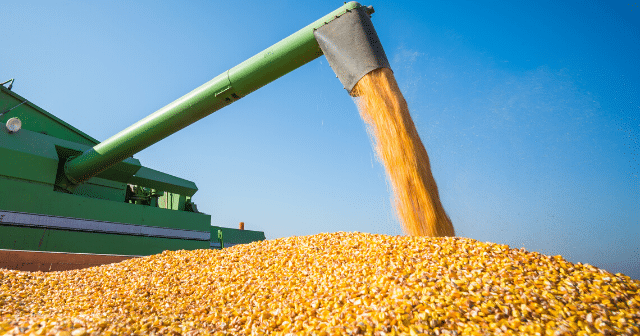
To understand a commodity market, we have to start with a basic understanding of the two main players involved: the producers and the end users.
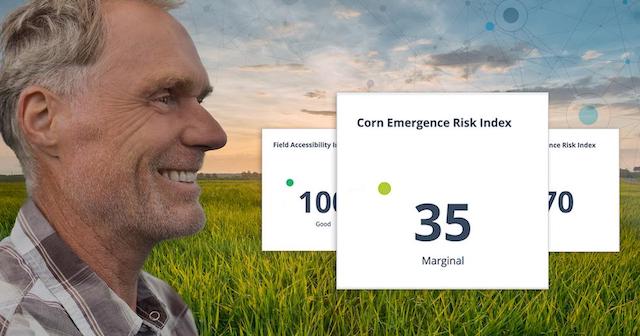
Over the past few months, the Iteris ClearAg team has been developing a set of agronomic indices to demonstrate our ability to distill complex environmental data and its impact on key periods during the growing season or environmental impacts on your product performance.
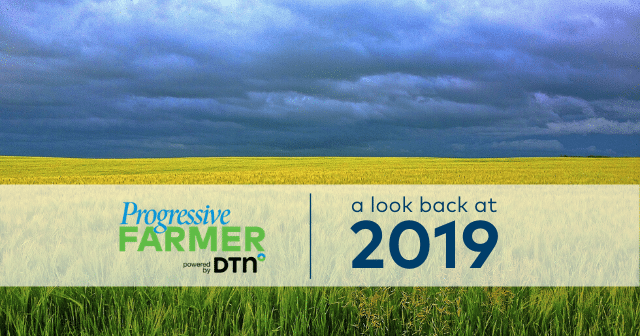
2019 was a year of memorable agriculture news headlines, from the ongoing trade war to volatile weather events. Read our Top 5 stories from 2019.
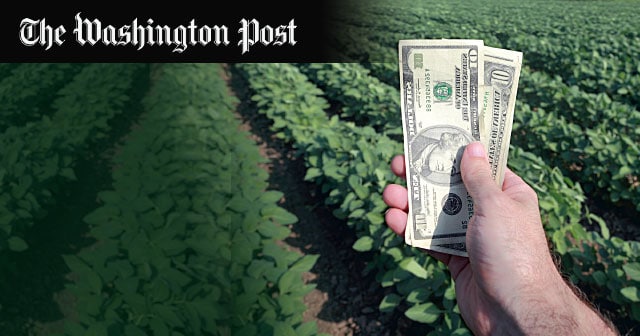
Our Lead Market Analyst Todd Hultman weighs in on how challenging 2019 was for farmers, despite rising profits.